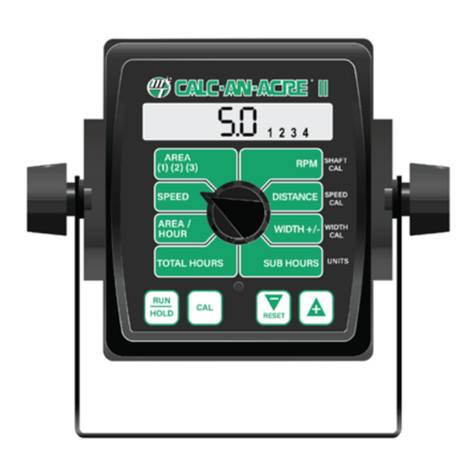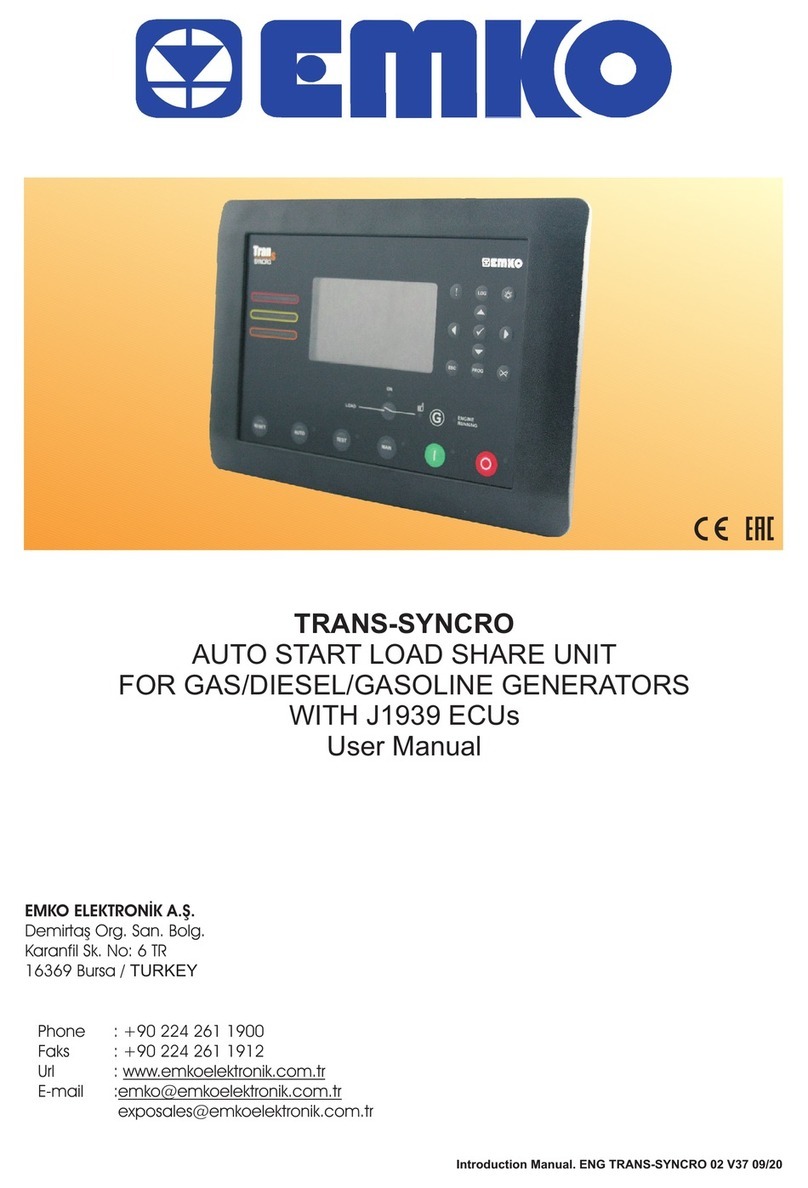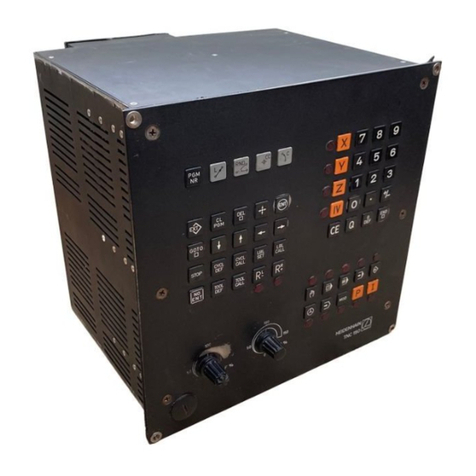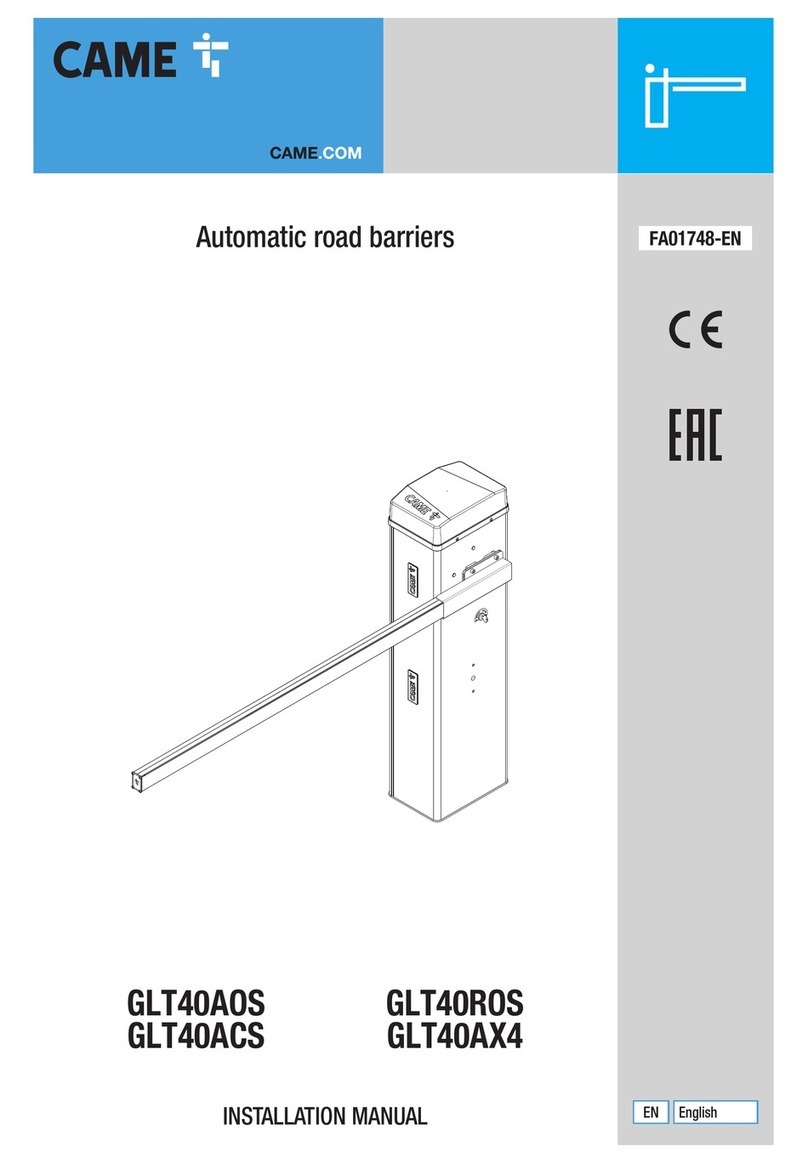
Set-back button
Switches the heating circuit to reduced-tempera-
ture mode (lower temperature and outside the
set heating times).
1.001 C, R, W,
T
On/off button For switching the heating circuit on and off. 1.001 C, R, W,
T
Home button
Ends the current operation and switches the
heating circuit to heating mode until the next set
time window. The heating circuit then switches
back to automatic mode.
1.001 C, R, W,
T
Away button
Ends the current operation and switches the
heating circuit to reduced-temperature mode un-
til the next set time window. The heating circuit
then switches back to automatic mode.
1.001 C, R, W,
T
Actual room temp. from bus
The room temperature is measured by an exter-
nal room sensor and the value is transferred to
the ETAtouch control system.
9.001 C, W, T
Target temp. diff. heating
Used to gradually adjust the room temperature in
heating mode.
A value of, for example, 0.5 °C increases the de-
sired room temperature in heating mode (in all
time windows) by 0.5 °C. A value of -1 °C reduc-
es the desired room temperature by 1 °C.
9.002 C, W, T
Target temp. diff. set-back
Used to gradually adjust the room temperature in
reduced-temperature mode.
A value of, for example, 0.5 °C increases the de-
sired room temperature by 0.5 °C in reduced-
temperature mode. A value of -1 °C reduces the
desired room temperature by 1 °C.
9.002 C, W, T
Flow temp. Transmits the feed temperature of the heating
circuit. 9.001 C, R, T
Holiday start daytime 10.001 C, R, W,
T
Holiday start date
Defines the period for the continuous reduced-
temperature mode of the heating circuit. After
this period, the heating circuit automatically
switches back to automatic mode.
11.001 C, R, W,
T
Holiday end daytime 10.001 C, R, W,
T
Holiday end date 11.001 C, R, W,
T
State Transmits the operating condition. 16.001 C, R, T
Heating circuit (maximum 8)
Designation Description DPT Flag
Rooms (maximum 20)
Designation Description DPT Flag
Parameter:
Target and actual temps Transmits the target and actual temperatures
from the room sensor.
Valve value Transmits the position of the control valve for the
room.



























